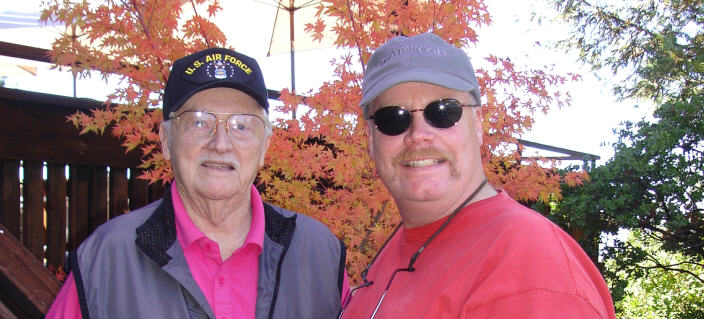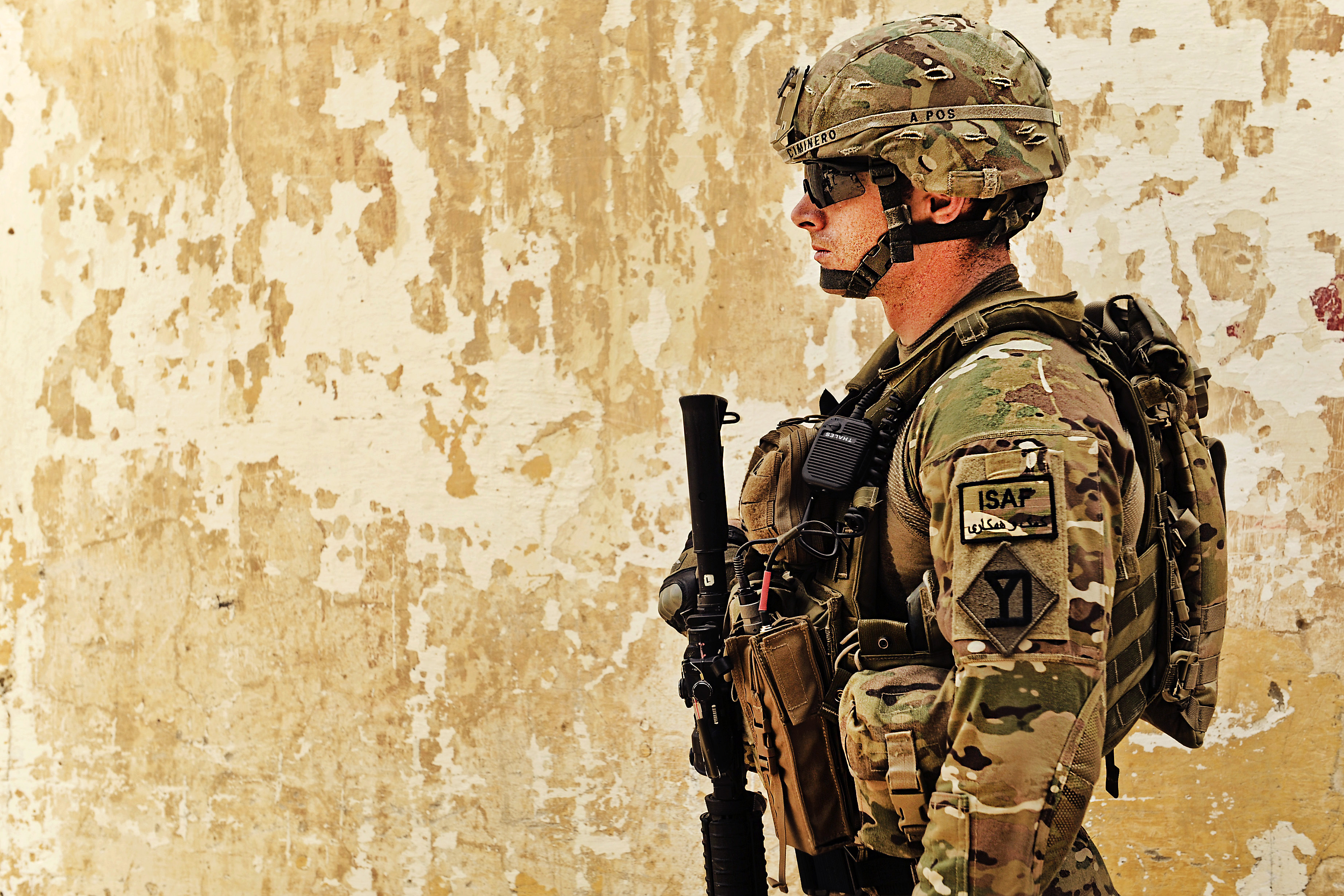The Greatest Generation is almost entirely gone. As Tom Brokaw wrote, “it is, I believe, the greatest generation any society has ever produced.”[2] He argued that these men and women fought not for fame and recognition, but because it was the “right thing to do”. When they came back they rebuilt America into a superpower.
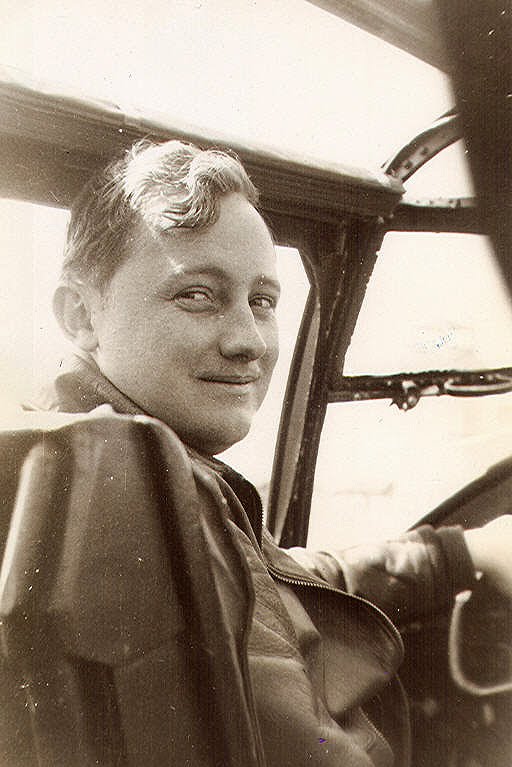 My father passed away in 2009, at the age of 88. He flew aircraft in WWII for the US Army Air Corps, the US Army Air Forces, was an instructor pilot in bombers, and retired a full Colonel. He served in the Pentagon and at Wright Patterson AF base, Roswell NM, Mather AFB in WWII, the 8th AF flying B-17Gs, and retired from McClellan AFB.
My father passed away in 2009, at the age of 88. He flew aircraft in WWII for the US Army Air Corps, the US Army Air Forces, was an instructor pilot in bombers, and retired a full Colonel. He served in the Pentagon and at Wright Patterson AF base, Roswell NM, Mather AFB in WWII, the 8th AF flying B-17Gs, and retired from McClellan AFB.
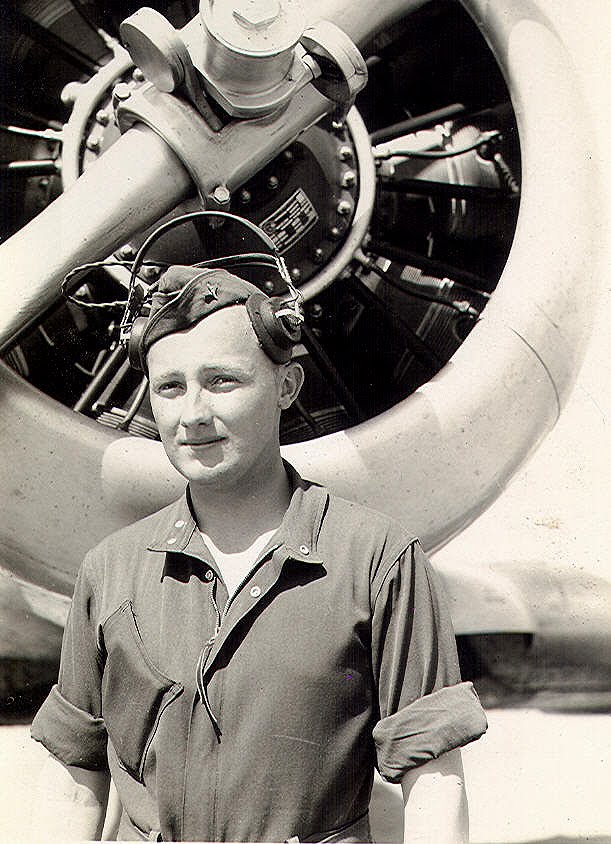 He was proud of having served in the Air Force, but would not willingly speak of what occurred in WWII. This was the humility and the quiet honor of those men who served and survived. And that is the cover my father wore as a USAF Colonel, at the top of the post, sitting on my desk adjacent the computer as I write this. Clouds and thunderbolts.
He was proud of having served in the Air Force, but would not willingly speak of what occurred in WWII. This was the humility and the quiet honor of those men who served and survived. And that is the cover my father wore as a USAF Colonel, at the top of the post, sitting on my desk adjacent the computer as I write this. Clouds and thunderbolts.
Dad and BZ
These men of The Greatest Generation fought under circumstances and with equipment that would now be considered barbaric, cruel, primitive and guaranteed of a certain death. Yet they persevered as their brothers were cut down in wide swaths. They were young, one might say idealistic, and each one knew in his heart that others would die — but not them. It was a false premise but it kept them going in the face of terrible odds.
Of the 80 original Doolittle Raiders, for example, only four remain. There will be, literally, a final toast for these men.
On this Memorial Day, 2013, please allow me to focus on those who won the Second World War and kept the entire planet safe for, at least temporarily, a succeeding generation. Because there are so damned few remaining.
And so few of the Doolittle Raiders remaining.
This April, the final four Doolittle Raiders were scheduled to meet in Fort Arbor, Florida. Only three of them attended. But, 71 years later, their cognac will be opened.
The original 16 aircraft were:
| AAF serial # | Nickname | Sqdn | Target | Pilot | Disposition |
| 40-2344 | Tokyo | Lt. Col. James H. Doolittle | crashed N Chuchow, China | ||
| 40-2292 | 37th BS | Tokyo | Lt. Travis Hoover | crashed Ningpo, China | |
| 40-2270 | Whiskey Pete | 95th BS | Tokyo | Lt. Robert M. Gray | crashed SE Chuchow, China |
| 40-2282 | 95th BS | Tokyo | Lt. Everett W. Holstrom | crashed SE Shangjao, China | |
| 40-2283 | 95th BS | Tokyo | Capt. David M. Jones | crashed SW Chuchow, China | |
| 40-2298 | The Green Hornet | 95th BS | Tokyo | Lt. Dean E. Hallmark | ditched at sea Wenchu, China |
| 40-2261 | The Ruptured Duck | 95th BS | Tokyo | Lt. Ted W. Lawson | ditched at sea Shangchow, China |
| 40-2242 | 95th BS | Tokyo | Capt. Edward J. York | interned Primorsky Krai, Siberia | |
| 40-2303 | Whirling Dervish | 34th BS | Tokyo | Lt. Harold F. Watson | crashed S Nanchang, China |
| 40-2250 | 89th RS | Tokyo | Lt. Richard O. Joyce | crashed NE Chuchow, China | |
| 40-2249 | Hari Kari-er | 89th RS | Yokohama | Capt. C. Ross Greening | crashed NE Chuchow, China |
| 40-2278 | Fickle Finger of Fate | 37th BS | Yokohama | Lt. William M. Bower | crashed NE Chuchow, China |
| 40-2247 | The Avenger | 37th BS | Yokosuka | Lt. Edgar E. McElroy | crashed N Nanchang, China |
| 40-2297 | 89th RS | Nagoya | Maj. John A. Hilger | crashed SE Shangjao, China | |
| 40-2267 | TNT | 89th RS | Kobe | Lt. Donald G. Smith | ditched at sea Shangchow, China |
| 40-2268 | Bat Out of Hell | 34th BS | Nagoya | Lt. William G. Farrow | crashed S Ningpo, China |
From CBSNews.com:
Crowds line up to meet Doolittle’s Raiders for last time
(CBS News) FORT WALTON BEACH, Fla. — It’s easy to spot Doolittle’s Raiders. They’re the guys in the white hats. Take a good look at Edward Saylor, David Thatcher and Richard Cole. This is the last time you’ll see them together.
“If you didn’t decide to wind it down, you might end up having to plan a reunion and so forth and end up with no people,” Cole says, when asked why they decided to stop participating in public reunions.
They’re all in their 90s now, but in the darkest days of World War II, they were daring young men who launched the first American attack on Tokyo, flying B-25 bombers that were never meant to take off from an aircraft carrier.
It’s been 71 years.
“We thought they’d forget about it by now,” Cole says.
Not a chance. The line for autographs at a museum in Fort Walton Beach, Fla., was over an hour long. Paul and Danna Fleming, of Maryland, took their children out of school to see them.
“Drove straight through, 16 hours straight to get here for today,” Danna says. “We drove all night,” adds Paul.
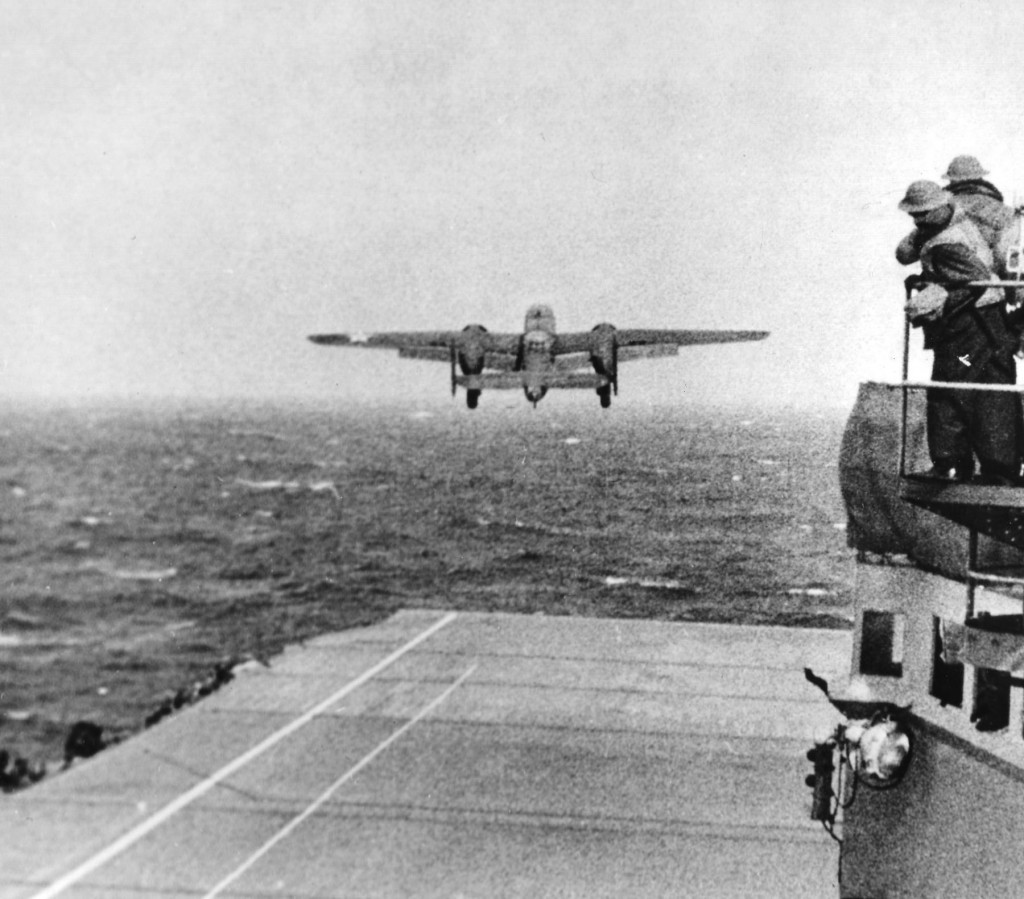 I say: as well you should. These men struck the very first blow against Japan immediately following the Japanese attack upon Pearl Harbor on December 7th of 1941, though America, at that time, possessed such a minimal chance of overcoming the might of the Japanese War Machine.
I say: as well you should. These men struck the very first blow against Japan immediately following the Japanese attack upon Pearl Harbor on December 7th of 1941, though America, at that time, possessed such a minimal chance of overcoming the might of the Japanese War Machine.
 What you may not know: each Raider realized that, logistically, they would never be able to return to their carrier, the USS Hornet. They would have to hit Tokyo and hope for some kind of safe landing in China. On the day of the raid, however, they were told that, worse, the Japanese knew of the plan and — because of this — the raid would be launched from a point much farther from Tokyo. As a result, their B-25 Mitchells now carried insufficient fuel to guarantee anything resembling a safe landing anywhere. These men — volunteers — had no hesitation: they vowed to continue the raid with unanimity. This then became, in essence, an unspoken suicide attack.
What you may not know: each Raider realized that, logistically, they would never be able to return to their carrier, the USS Hornet. They would have to hit Tokyo and hope for some kind of safe landing in China. On the day of the raid, however, they were told that, worse, the Japanese knew of the plan and — because of this — the raid would be launched from a point much farther from Tokyo. As a result, their B-25 Mitchells now carried insufficient fuel to guarantee anything resembling a safe landing anywhere. These men — volunteers — had no hesitation: they vowed to continue the raid with unanimity. This then became, in essence, an unspoken suicide attack.
The Doolittle Raiders have a tradition. Beginning in 1946, the surviving Raiders have held a reunion each April to commemorate the mission. The reunion is in a different city each year. However, in 1959, the city of Tucson, AZ presented the Raiders with a set of 80 silver goblets, each engraved with the name of an individual Doolittle Raider.
Every year a wooden display case bearing all 80 goblets is transported to the city of the Doolittle Reunion and, each time a Raider passes away, his goblet is turned upside down.
 Contained within this case is one bottle, a marque of 1896 Hennessy Very Special Cognac. 1896 is the year that Lt Col Jimmy Doolittle was born.
Contained within this case is one bottle, a marque of 1896 Hennessy Very Special Cognac. 1896 is the year that Lt Col Jimmy Doolittle was born.
The plan: when only two Raiders are left, they are to open the bottle and toast the comrades who preceded them in death.
At the beginning of this year, 2013, there were still five living Raiders. In February, Tom Griffin passed away at age 96. He did this: after bailing out of his plane over a mountainous Chinese forest following the Tokyo raid — which did little actual damage — he contracted malaria, recovered, and was sent to Europe to fly more combat missions. He was shot down, captured, and spent 22 months in a German POW camp.
Further, here’s the kind of man he was:
When his wife became ill and required a skilled nursing facility, Mr Griffin visited her every day, walking from his house to the home itself. He fed his wife and brought home her clothes each day, washing and ironing them. He would walk back and return them the next morning. He did this for three years until her death in 2005.
Only four Raiders remain living: Dick Cole (who could not make the Florida reunion), Doolittle’s co-pilot, Robert Hite, Edward Saylor and David Thatcher — all in their 90s.
They decided there are too few of them remaining to warrant any further public reunions and that, at a later date this year, they will get together privately and open that bottle of Hennessy. The four remaining upright goblets will be filled with an 1896 cognac.
In a final toast to those who dared, and to those who are gone.
God bless America.
The best and last hope of the entire planet.
BZ
P.S.
Many years ago, when I was much younger, I can remember my father saying he met Jimmy Stewart and drank with him at Mather AFB. He also said that he saw numerous B-25s in Sacramento at McClellan AFB practicing short field take-offs in the early 1940s.
I believe he saw the Doolittle Raiders.
He said he liked Jimmy Stewart and that he wasn’t arrogant. And that he drove him back to the barracks.
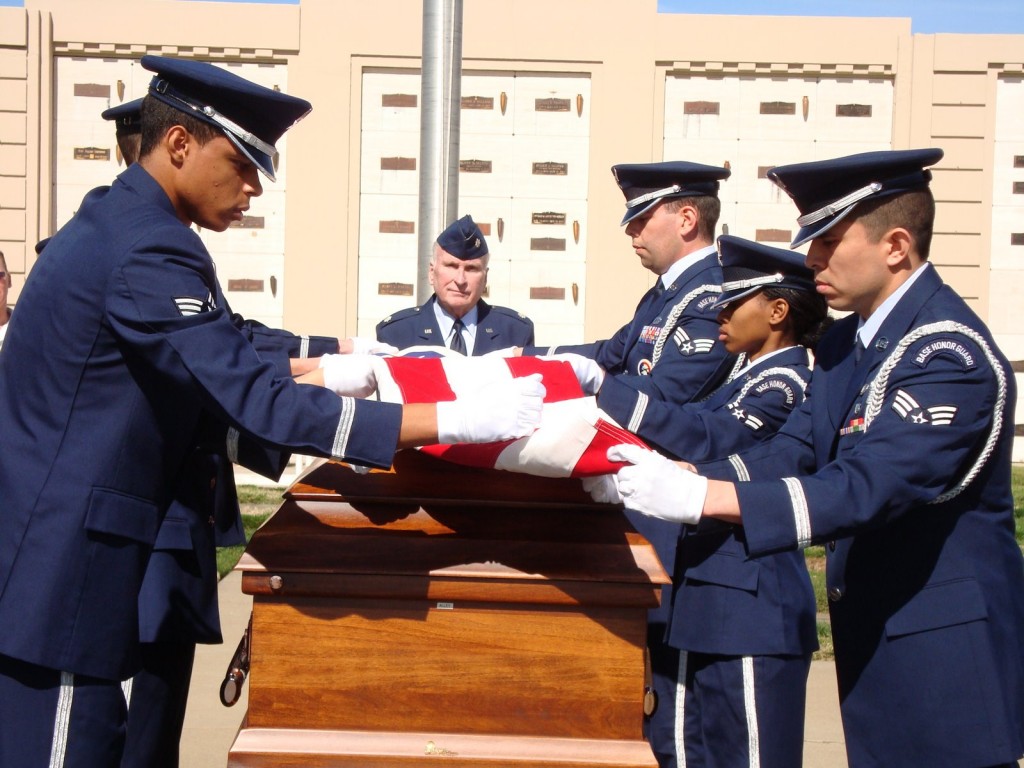 Col Richard Lee Alley, USAF
Col Richard Lee Alley, USAF
1920 – 2009
WWII, Vietnam



